Risk management cannot be just instantaneous measures and circumstances
Risk response capacity is limited
A survey designed to measure the impact of the COVID-19 pandemic on global supply chains recently sponsored by shipping tracking systems provider Ocean Insights collected and analized data with over 300 shipping professionals worldwide. The outcomes show that the degree of impact is exceptionally enormous, but the coping capacity of enterprises in the supply chain is limited.
According to this report, 58.8% of survey participants said that their activities were significantly affected, 24.8% moderately affected, 14.3% partially affected, only 1, 3% were not affected, and a negligible number (0.8%) said they were unsure of the impact. The survey also showed that for shipping activities 71.4% noticed that they had an abatement in the volume of transport, 60.9% affected by the deferment in transit, 49% with the delay from ports to customers and 39.1% find that they lack capacity.
As a result of the above impacts, 37% had to shut down due to significant delays in the carriage of goods. 36.1% had a few malfunctions that caused goods to be delayed by a few days, 14% said the supply chain could adapt without issues, 4% were dubious and 9% encountered a supply shutdown completely. Thus, most enterprises are affected, but very few enterprises are prepared for necessary preventive solutions.
Surveying about the preparedness of enterprises with unusual risks, 54.4% said they were somewhat prepared, 34.7% did not prepare at all, 7% were fully prepared and 3% questionable. 92% of survey participants encountered some disruption however figured out how to change it to fluctuating degrees.
Many capacities should be prioritized
It is evident that these enterprises are quite passive facing the risks from the circumstances, and although they always try to manage to get out. Looking for solutions to equip themselves with the ability to cope with risks are priorities to consider.
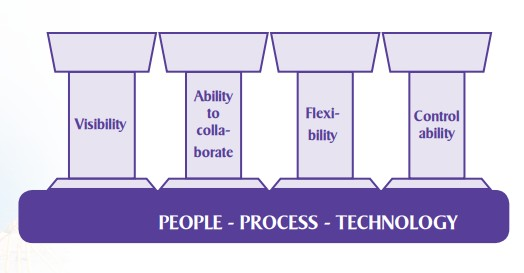
Basic competencies to deal with risk (Deloitte University)
Equipped with basic coping capabilities
When participating in global supply chains accessing a greater risk environment, it is necessary to equip themselves with the basic capabilities of visibility, flexibility, ability to collaborate, control ability.
Well prepared coping strategies
Strategy of Inventory and capacity buffers: is the classic and simplest strategy for creating resilience. The difficulty is that supply chain managers often find it difficult to demonstrate that it is suitable under normal conditions.
Strategy of Manufacturing network diversification focuses on sourcing or manufacturing diversification. Allowing companies to switch to new suppliers or request existing partners to supply from new sources. The expense of maintaining multiple supply locations should now be a higher priority than the expense of the business.
Strategy of Multisourcing: Supply chain leaders need to know the subtleties of the supplier network and classify suppliers not only by volume but also on the revenue impact when an outage occurs. It encourages suppliers to add or connect with suppliers that can produce in multiple locations.
Strategy of Nearshoring: Assists with diminishing the geographic reliance on the global network and minimizes the time cycle for completing products. Local or regional supply chains can be more costly due to elevated attendance and complexity, but better inventory control and brings products closer to the end consumers.
Strategy of Platform, product or plant harmonization: As the supply network is localized, the more harmonious in the factories’ technology the more help the product move seamlessly and smoothly. The common manufacturing platform for various models in the automotive industry is a prime example of this harmony. Standardizing the details of a product category is another form of harmonization allowing for a great deal of substitution. This simplifies sourcing policies and provides the opportunity to place higher volumes among multiple suppliers, thereby enhancing resilience.
Strategy of Ecosystem partnerships: In addition to sourcing diversity, partnerships with strategic raw material suppliers and external service partners are critical to ensure better groundwork for strength and flexibility. Reinforcing solid association with contract manufacturers and global 3PL is critical for multinational markets.
Strategy for optimizing production and distribution capacity: Interruptions often lessen sales demand, and this strategy helps preserve resources and maintain a company’s existence. Clear communication with employees is needed for the inconvenience when working and working options at home or far away from the workplace.
Strategy of logistics capacity management: As a connector binding supply chain phases, logistics capacity in times of crisis takes top priority. Therefore, it is necessary to plan logistics capacity at a long-term strategic level to help proactively operate with minimized costs at all times. The longterm partnership strategy with logistics partners is additionally exceptionally viable for prioritizing and increasing capacity on beneficial terms.
Strategy of logistics finance: When a crisis strikes, it will put pressure on income and liquidity, now it is necessary to manage cash and working capital. It is conceivable to lessen finished product inventories, improve logistics such as smarter fleet management to significantly defer capital expenditure without impacting customer service. Checking up suppliers’ order pressure, minimize or eliminate purchasing unnecessary supplies to instantly minimize cash amounts spending.
Building resilience
After the immediate risks to the supply chain are under control, leaders must consider designing a sustainable supply chain for the future.
The first is to set up measure to enable supply chain risk assessment, continuously update impact estimates, monitor, alert and correct risks. This is the unit that continuously monitors supply chain vulnerabilities. The processes and tools created during crisis management should be coded into the formal documentation that underpins long-term solutions.
Investing in modern technology such as digitization and automation is costly but necessary measures to help businesses increase the power to cope with risks when supply chains are interrupted leading to collapse and supply chain failures. Digitalization of supply chain management helps to improve speed and accuracy. Modern technologies such as robotics, artificial intelligence (AI), and 3D printing help manufacturing move closer to the point of sale. Thanks to these technologies, the supply chain will shorten the time to reconstruct or move by shrinking in the region rather than expanding on a global scale. This is a long-term investment strategy that minimizes the risk of a company or country being cut off from its supply chain.
Restructuring supply chains in the direction of sustainability or closed-loop chains will promote circular economic development. Lean, safe and environmentally-friendly structure of supply chains will ensure to avoid potential risks in the future. The cyclical economic model can help increase the efficiency of local supply chains by using existing materials as production inputs. Enterprises can develop a plan to recycle and reuse the wastes from production and business processes, especially plastic waste to replace the interrupted supply.




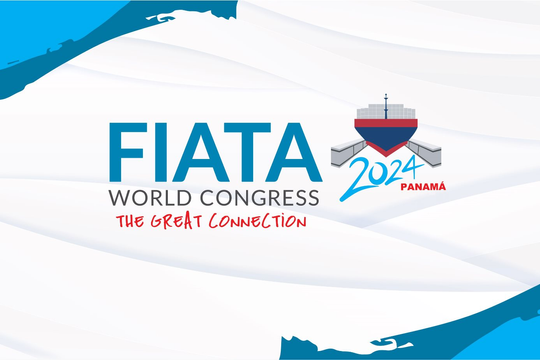
.jpeg)



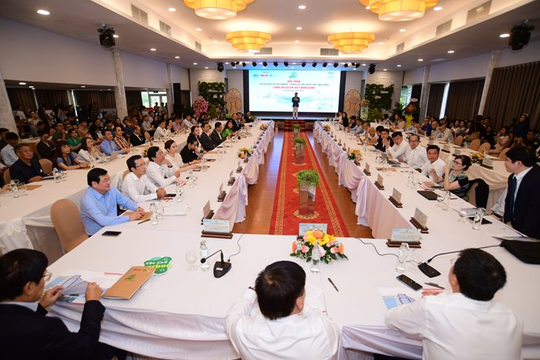

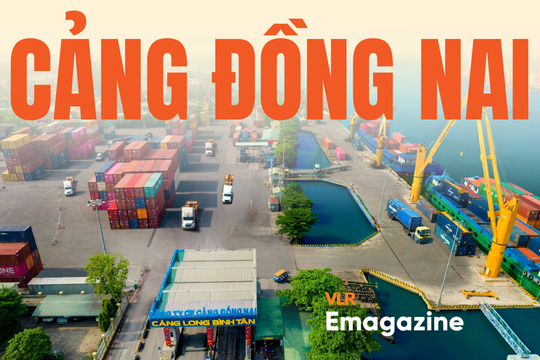



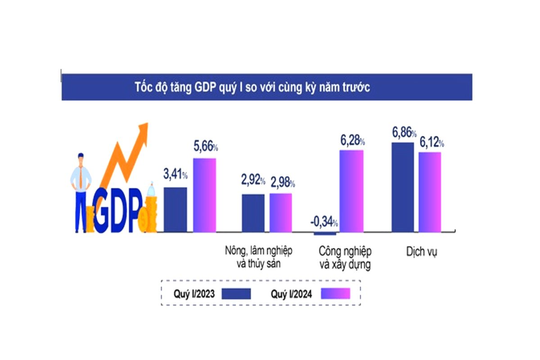
.png)
